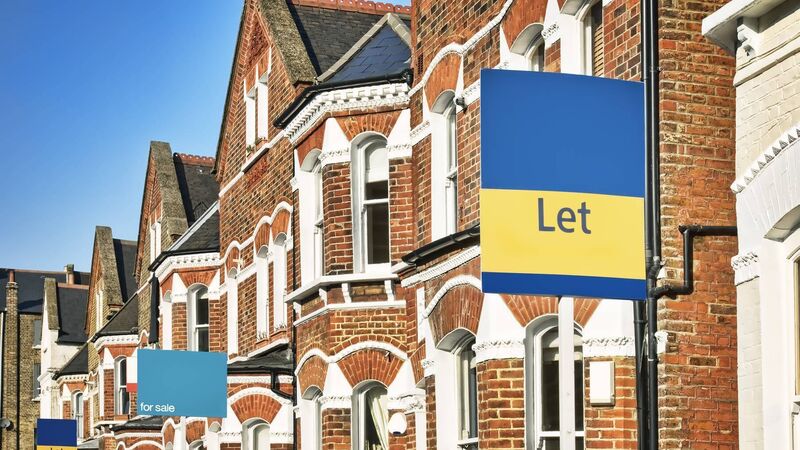Seamus Coffey: Housing rents that rise 25% every five years are not sustainable

Not only do we need to provide for the growing population and the changing nature of household composition, we also need to replace the units which are leaving the private rental sector, says Seamus Coffey
The current failures of the housing system are most acute in the private rental sector. At a time of population growth, the decline in the stock of properties in the private rental sector is creating knock-on problems.
The squeeze is forcing households into unsuitable accommodation, requiring young adults to live with their parents for longer and resulting in significant numbers of people needing emergency accommodation.











